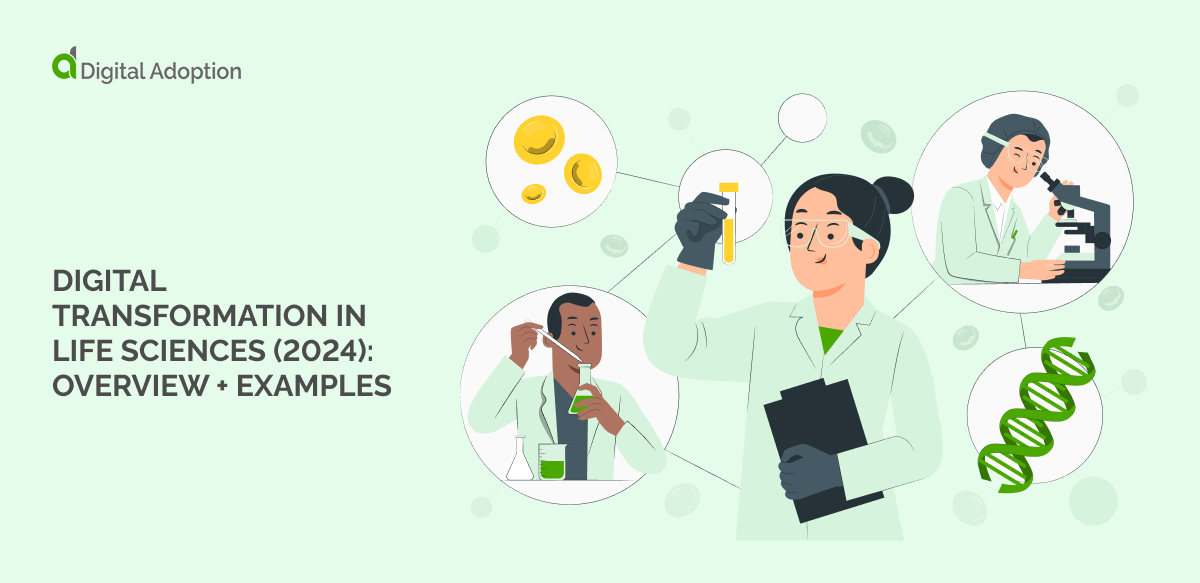What is business process management software and how can it benefit your organization?
In this article, we’ll look at a definition of business process management software, different tools, and how to use them.
What Is Business Process Management Software (BPMS)?
Business process management revolves around discovering, modeling, analyzing, and improving business processes. This differs from task management, which focuses on individual workflows. It is also different from other related disciplines such as program management and project management, which focused more on the managerial side of business initiatives.
Despite the distinctions in these definitions, business process management software often refers to tools that perform a range of functions, including:
- Project management. Project management is a discipline focused on the execution of business projects. These projects include multiple business processes, and although the discipline is technically different from business process management, many project management tools are included under the same category.
- Task management. Task management software refers to tools that manage the individual tasks within a workflow. While project management tools take a high level view of projects and processes, task management tools focus on the individual steps needed to complete a workflow or process.
- Business process modeling. Business process modeling refers to the mapping out of business processes. This type of software is used by business process managers and designers. It focuses on high-level design of business processes and differs in nature from the other tools listed here. Examples of this type of software can include flow chart software or BPMN software.
- Automation. Automation platforms perform tasks that are normally done by humans. These tools can include robotic process automation tools, business automation tools, cognitive automation tools, and more.
Typically, the business process management software application will involve several steps:
- Designing processes. Designing processes can involve redesigning existing processes or engineering new ones from scratch. When redesigning an existing process, it is important to engage in tasks such as process mapping and analysis. Business disciplines such as business process management, business process design, and business process reengineering are useful in this respect. That information can then be fed into new process designs, which will involve mapping out each task in a process.
- Process modeling. Process models, or process maps, are visual diagrams of business processes. These can include flowcharts, swimlane diagrams, value stream maps, and similar graphical representations. Modeling a process can help managers understand timelines, resource usage, labor costs, and so forth.
- Implementation. Once new processes are designed with the software, they can be rolled out. Depending on the process, rollouts may be all-at-once or phased. The larger the process, the more important it is to pilot test the process.
- Analysis. Over time, managers will analyze the process to determine how efficient and cost-effective it is. That information can then be used to improve the process or redesign it as needed.
Naturally, the situation in question will determine exactly what type of software to use and it will also impact the way that the software is used. In general though, many tools will follow a similar approach to the one listed above.
Why Use Business Process Management Software?
The benefits of the software will differ depending on the circumstances.
That being said, a few benefits of using business process management software can include:
- Increased efficiency. Business process management aims to improve processes by shortening timelines, decreasing costs, lowering resource usage, and so forth.
- A better employee experience. Better business processes typically make employees happier. Business processes, after all, are smoother, which can reduce friction in workflows, improve employee productivity, add enhance the work environment.
- Increased organizational agility. The more quickly an organization can redesign its business processes and introduce new ones, the easier it will be to implement organizational change and stay agile. In today’s disruptive, digital world, this agility can translate into a competitive advantage.
- A lighter burden on IT departments. When business process management software is used to streamline and automate processes, through tools such as no-code platforms, IT staff can spend less time on automation and other tasks related to business process management.
- More data-driven insights. Today, data has become central to the way organizations operate. Business process management software often uses techniques such as process mining to gather data, which data can be used to gain insight into processes and improve them. Leveraged properly, that data can also be applied to other business areas.
The benefits above can all translate into a number of other benefits, ranging from a better customer experience to improve profit margins.
Further Reading
For more insights into business process management software, it is useful to read up on topics such as:
- The disciplines of business process management, business process design, and business process optimization
- Process mapping
- Business process model and notation
- Automation
- Process mining
- Business process improvement methodologies
All of these topics are closely related to business process management software and can help you choose the right program for your needs.













